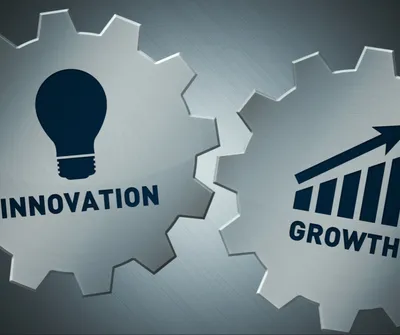The Kestria Healthcare & Life Sciences Global Practice Group has brought together four esteemed experts from around the world to explore the critical success factors shaping the sector - reflecting on key growth milestones, discussing leadership styles for agility in complex environments, examining strategies for balancing internal and external resources to scale effectively and uncovering how innovation and growth serve as powerful catalysts for enterprise valuation.
Key takeaways:
- Agile leadership is essential for scaling - Life sciences leaders must adapt quickly, foster learning and lead with flexibility to scale effectively.
- Balancing internal and external resources drives scalability - Mixing in-house strengths with external partners creates a balanced, sustainable growth model.
- Innovation must be matched with execution to create value - Bold ideas only drive value when paired with strong delivery, clear goals and the right talent.
Key growth milestones: lessons learned
Janice Marie McCourt, CEO and Board Member leading Hudson Therapeutics, Inc., the US Subsidiary of Shaperon, Inc. a Seoul, South Korea, company reflects on the key milestones that have shaped her leadership journey across biotech and pharmaceutical ventures. 'Key milestones in my career include leading a joint venture between Abbott Labs (now AbbVie) and Takeda to profitability within five years. At the time, Takeda was still a domestic Japanese firm, and ours was the only successful JV out of four, later fully acquired in 2008 for $5 billion. I've also focused on attracting institutional and strategic investments into smaller biotech companies, helping one grow its market cap from $92 million to over $1 billion on NASDAQ through out-licensing.
Over 20 years, a $1.2 billion investment returned a $1.3 billion market cap and $100 million in profit—modest compared to peers. As CEO, my priority has always been building transparency with my executive team.
Early in biotech, I told the MIT-founder I wanted broad experience. Starting in sales and marketing, I moved into investor relations, comms and ops, including selecting a CRO for our Phase 3 trial. I trained at Harvard, Northwestern, and the National Investor Relations Institute to build the right expertise.
A mentor who valued structured development gave me both responsibility and support, one of the best career breaks I've had. Another came at UnitedHealth Group, working with top pharma firms on market access in a think tank setting. Both shaped the versatile skill set I rely on to lead in smaller companies.'
Magnus Jörlin, General Manager Euro-Nordics Hub at Novocure, Sweden, has worked in the pharmaceutical industry for 20 years. 'Novocure is a medtech company where we rely heavily on Phase 3 clinical trial data. However, for me, a significant learning experience has been the entire market access work that we undertake. This involves starting up a market from scratch, where we need to navigate the different countries' systems to obtain, hopefully, national reimbursement. This has been a valuable learning opportunity not only for me but also for my teams.
My responsibilities cover the Nordics and Central Eastern Europe and the environment varies considerably between these countries. Nevertheless, there are many similarities. I believe that for growth, managing this effectively is very important for many companies. It requires securing the internal and external expertise needed to achieve the market access that is crucial for future success.'





